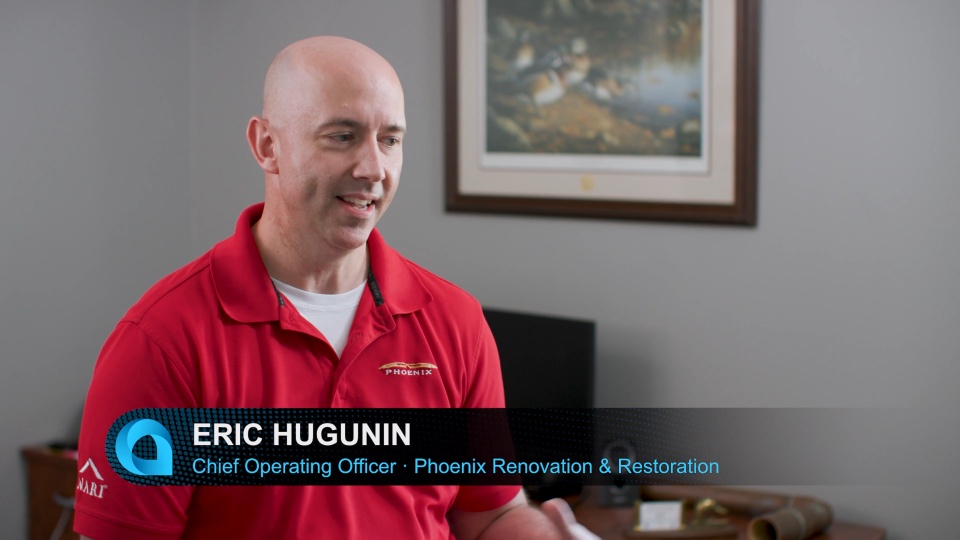- Connected siloed financial system and CRM, streamlining operations
- Expanded user count and acquired remote access for the field service team using the mobile app
- Eliminated the need to tap into its line of credit, becoming cash flow positive for the longest period in 22 years
Home
Success Stories
-
English
LanguageCountry -
English
LanguageCountry -
 AcumatiCares
AcumatiCares
- Contact Us
- Log In
Customer Success Stories
Acumatica is trusted by companies across many different industries. Hear how these customers successfully implemented Acumatica Cloud ERP and accelerated their businesses.
 Canada (English)
Canada (English)
 Colombia
Colombia
 Caribbean and Puerto Rico
Caribbean and Puerto Rico
 Ecuador
Ecuador
 India
India
 Indonesia
Indonesia
 Ireland
Ireland
 Malaysia
Malaysia
 Mexico
Mexico
 Panama
Panama
 Peru
Peru
 Philippines
Philippines
 Singapore
Singapore
 South Africa
South Africa
 Sri Lanka
Sri Lanka
 Thailand
Thailand
 United Kingdom
United Kingdom
 United States
United States
